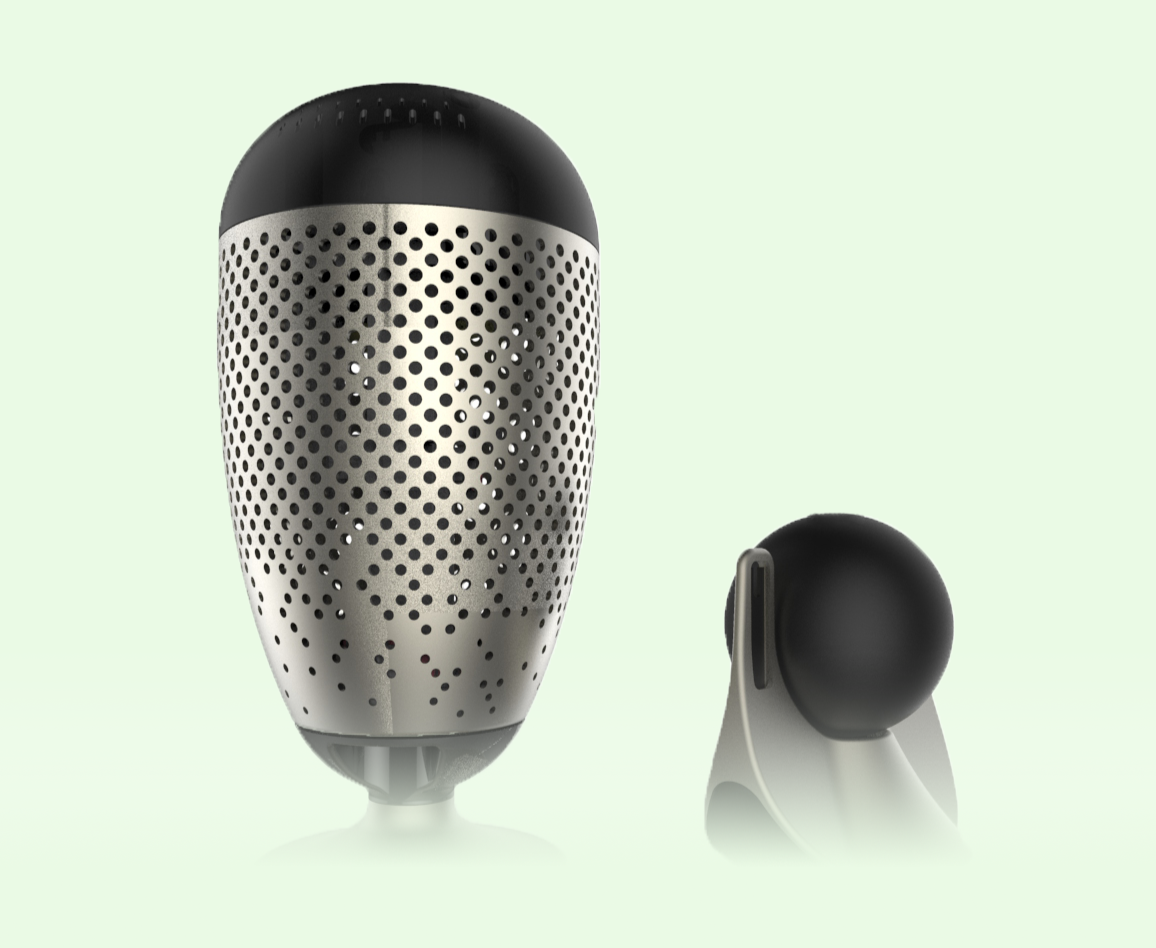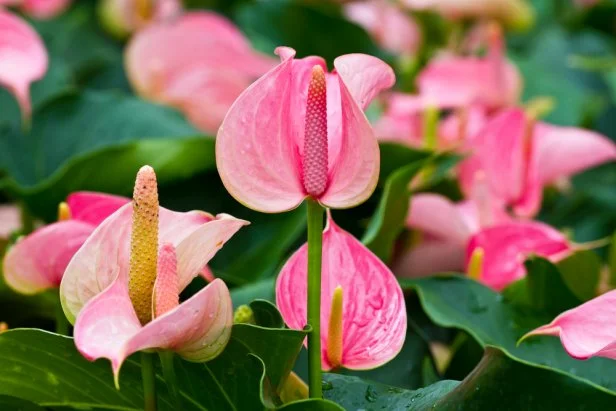
Lots of commercial plants are grown externally under strict environmental conditions in order to create not only the most visually appealing flora, but also a high-yielding batch of product. These strict conditions are often not maintained when these products are delivered to florists for wholesale, and as a result there is a risk to their vitality and longevity.
"Among the several techniques available to increase shelf life and storage of cut flowers, the appropriate control of temperature, relative humidity, and atmospheric composition are the most important ones" Fernandes, L., Casal, S., Pereira, J. A., Saraiva, J. A., & Ramalhosa, E. (2019). An Overview on the Market of Edible Flowers. Food Reviews International, 36(3), 258–275. DOI
With SAMBA, florists can track the environmental quality of their stores and ensure that their stock is thriving in a maintained and hospitable environment. Measuring standard flora factors such as temperature, humidity, light level and CO₂ enables florists to fine-tune their shopfronts to cater to their flowers and plants in a simple and accurate manner.
SAMBA has been tracking the indoor environmental quality (IEQ) of independent florists throughout an entire calendar year, so that you can see how accurate and significant this data is to have at your disposal. You can see below how this data compares to a variety of flora by comparing recorded data with that plant's average requirements, and seeing how often our florist stores are correctly caring for their flora.
